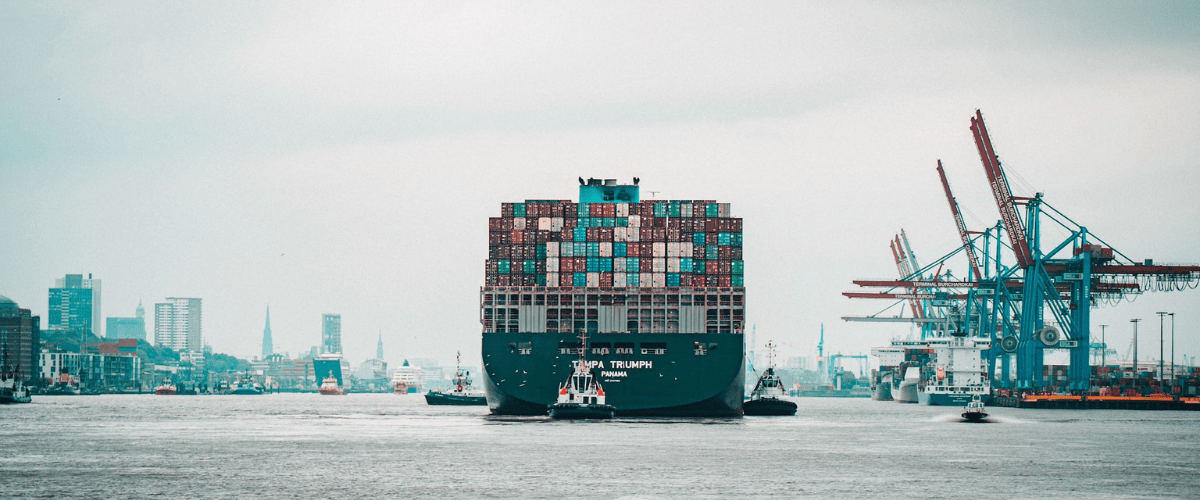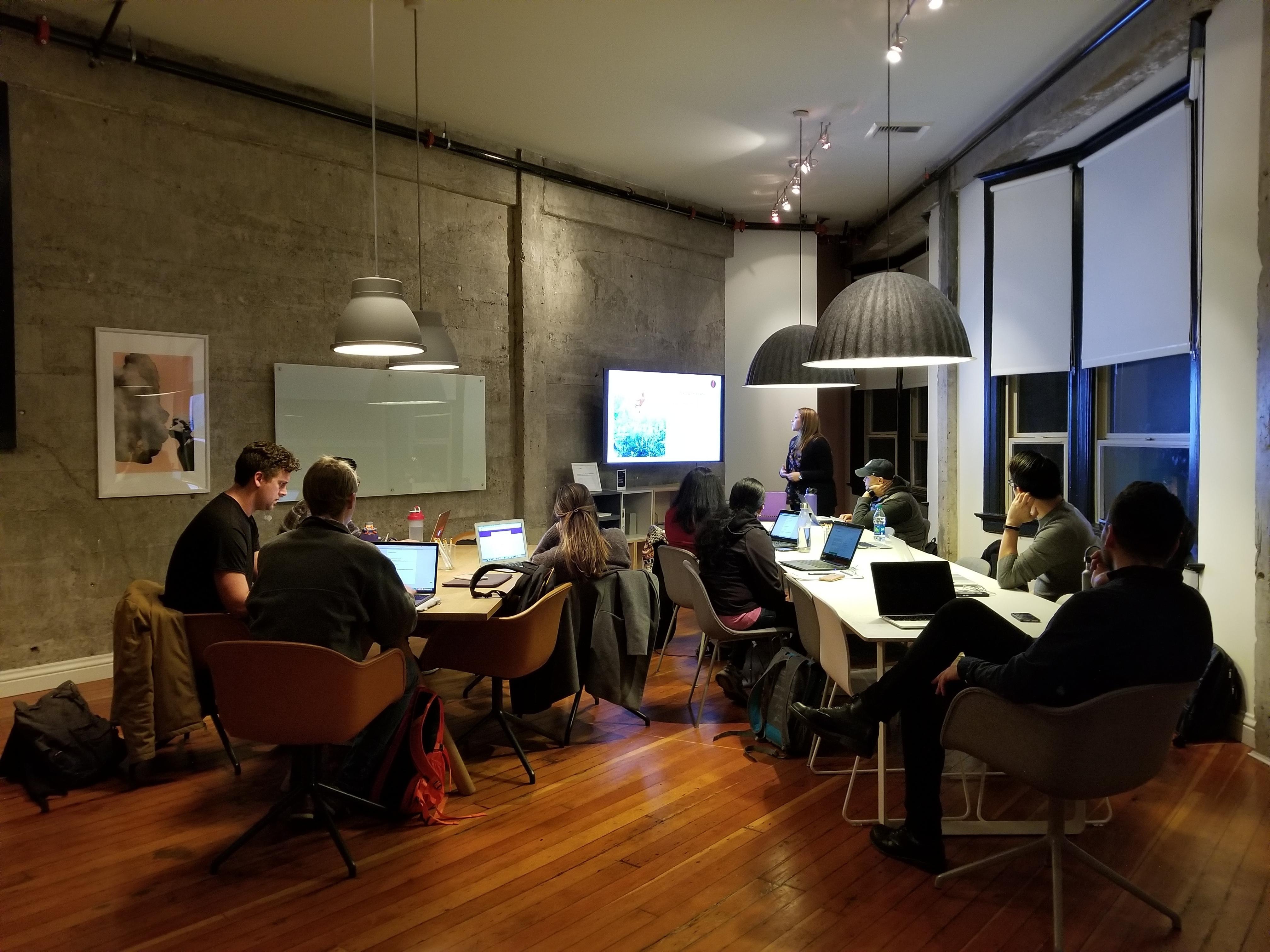No longer just a trendy topic, sustainability is now ubiquitous. For companies, sustainable action has many facets. Whether from green investments to gender justice or from customers and investors striving for change to the devastating effects of climate change, companies today have massive responsibilities.
The requirements placed on companies are high. The focus is not only on climate-friendly supply chains due to the Supply Chain Act, but also on sustainable purchasing of inventory. In this blog you will learn about…
... Where sustainability begins...
... the four steps to more sustainable purchasing ...
... and on what it all depends.

One of the most important questions asks how do we start to fight climate change and the waste problem? Because the situation is serious and everyone has a responsibility.
Having already passed on 28. July 2022, Earth Overload Day - the day when the available resources have been completely used up - illustrates the urgency of the question.
"We have been living in this world on credit since 28.07.2022!" - Christoph Bals (Germanwatch)
Every year we reach this day earlier than the year before, and so we are heading further and further toward a serious humanitarian problem. One solution to this problem is to develop awareness of the need to conserve resources.
Where does sustainability even begin?
In 1987, a definition of sustainable development was formulated for the first time by the UN World Commission on Environment and Development in the so-called Brundtland-Bericht:
"Sustainable development is development that meets the needs of the present without compromising the ability of future generations to meet their own needs.“
The sparing use of resources thus refers to a process in which the company covers its requirements for objects, work services, etc. in such a way that results in added value for the company as well as for society and the economy. At the same time, damage to the environment is to be minimized in consideration of the needs of future generations.
Step by step to sustainable inventory purchasing
Major steps lie ahead in the development of purchasing as a driver of sustainability - both within the company and, above all, in collaboration with suppliers and supply chain logistics.
1. Supply chain transparency
In order to create a company-internal process that is designed for the sustainable purchase of inventory, one thing is of enormous importance: transparent processes. This refers to internal processes as well as processes found in the cooperation with suppliers. Do all partners adhere to the same standards with regard to sustainability? To be able to answer this question with yes, it is necessary to map one's own supply chain in detail and to identify the driving and/or inhibiting factors of sustainability.
The Supply Chain Act, which will come into force on 01.01.2023, requires greater transparency from companies with 3,000 or more employees and, as of 2024, companies starting at 1,000 employees must also comply.
2. Purpose of sustainable purchasing
Every company has its own individual vision and mission regarding sustainability. Before implementing a sustainable purchasing strategy, your company must develop an environmental, social and economic action plan to determine exactly where it wants to go. Based on this, measures and procedures can then be identified to pave the way to a sustainable purchasing strategy.
3. No sustainable purchasing without team work 💚
Collaborating with third parties to come up with new solutions is always a promising option - and this is also true for sustainable purchasing strategies. Networks with research institutions, universities, NGOs and others, often provide fertile ground for innovative thinking that will advance your internal operations and promote your sustainable purchasing of inventory.

4. Reporting
Reporting and measuring success is critical to establishing a sustainable purchasing strategy. This is the only way to find out which measures are keeping you moving in the right direction and which ones may be preventing you from realizing your sustainability vision.
The important thing here is comprehensive tracking along the entire supply chain for precise information on the current state of affairs! Only with the help of a detailed target/actual comparison is it possible for you to make correct statements about how sustainable your purchasing of items actually is.
>>> One possible strategy for more sustainability in the company is the circular economy. In our blog , you can find out how companies can get started in the circular economy now.
What everything depends on
The fact is even if you take the points just mentioned into account and have an optimal overview of raw materials and the value chain, that alone is not enough to ensure sustainable purchasing.
In order to develop sustainable purchasing behavior when buying inventory items, first and foremost you need an accurate overview of and detailed information about all inventory items available in the company. In doing so, 3 guiding questions should always accompany you:
- Which inventory items are used where in the company?
- Where in the company should investments be made in new objects or does recycling make sense?
- What items are not being used at all and could they be resold?
Answers to these questions are best provided by a precisely performed inventory providing you a detailed overview of all your company items. With the digital inventory manager from seventhings, you even have the option of adding any information you want to your asset. You decide which properties are important to you.
Simple. Efficient. Digital. And, of course, sustainable.
You would like to learn more about what a digital inventory with seventhings looks like? Our inventory guide provides you all relevant information...
